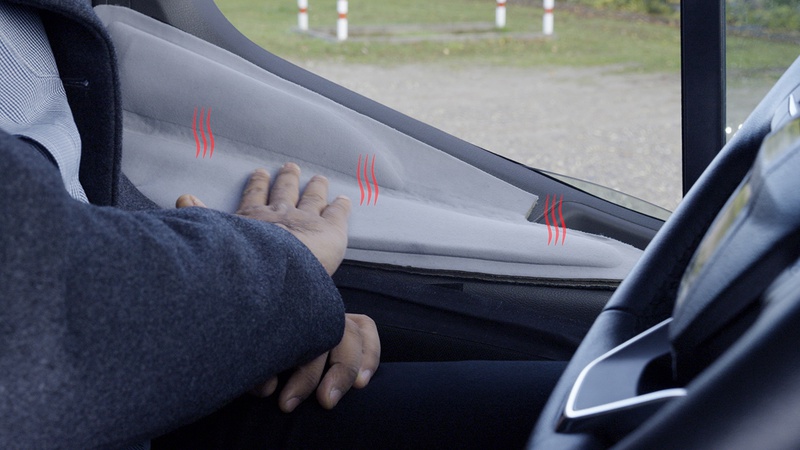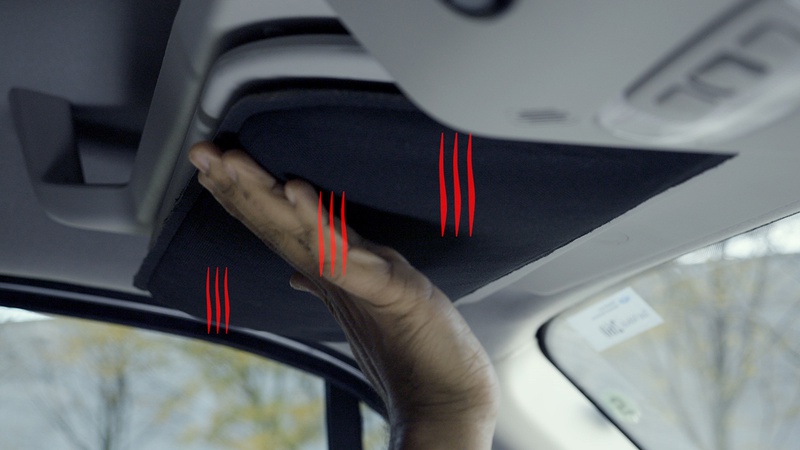The study, which ran from October 2018 to October 2022, aimed to help inform how new EVs are built and create software updates for existing EVs. Engineers fitted an all-electric Ford E-Transit with heated armrests, floor mats, door panels, sun visors, and a panel below the steering wheel, and conducted testing involving parcel deliveries, special goods deliveries, and a craftsman’s one-day job 350 km away on roads in and around Cologne, Germany. The testing took place in winter and summer, on dry and wet roads, and in heavy rain and wind, reflecting Ford’s experience of van buyers’ needs.
Incorporating data from the study into the range calculator could help to predict range more accurately in real time, and the aggregated driving data could be used as a ‘fleet range predictor’ to estimate the energy demand for a specific route.






Ford engineers find that heating surfaces in electric vehicles, such as mats and door panels – rather than using aircon – could help extend range
The study also revealed that changes in weather, traffic, and road conditions can affect range, and to address this, Ford engineers tested other technologies that could offer significant energy and time-saving improvements. These technologies include a heat exchanger that uses heat waste from the electric drive unit to heat the cabin or battery pack, a battery cooling system that enables efficient cooling and pre-conditioning of the battery pack, eco-routing combined with assured charging to calculate the optimal route and charging stops, smart fast charging that pre-cools or pre-heats the battery before the next fast-charging event, and a powertrain conditioning function that keeps the components of the electric drive unit at the most energy-optimal temperature.
Ford plans to sell 600,000 EVs annually in Europe by 2026, supporting the global goal of two million-plus annual production of EVs, also by 2026. Currently, Ford electric vehicles offer a range of features to maximize efficiency, including Scheduled Pre-Conditioning to remotely optimize the cabin and battery temperature while still on charge before departure, selectable drive modes to reduce energy demand for increased range, and the ability to recapture energy while braking.
Source: Ford

